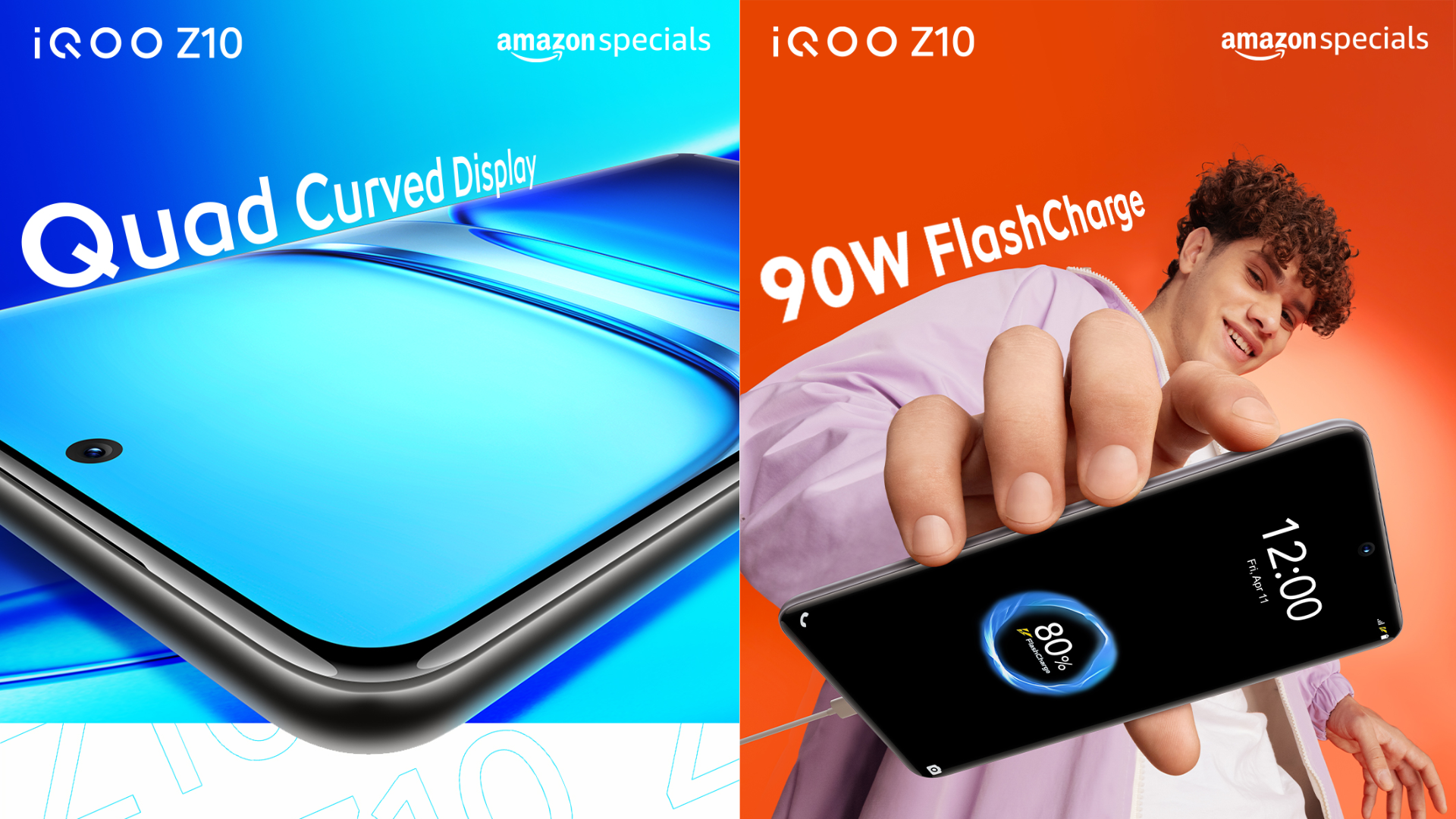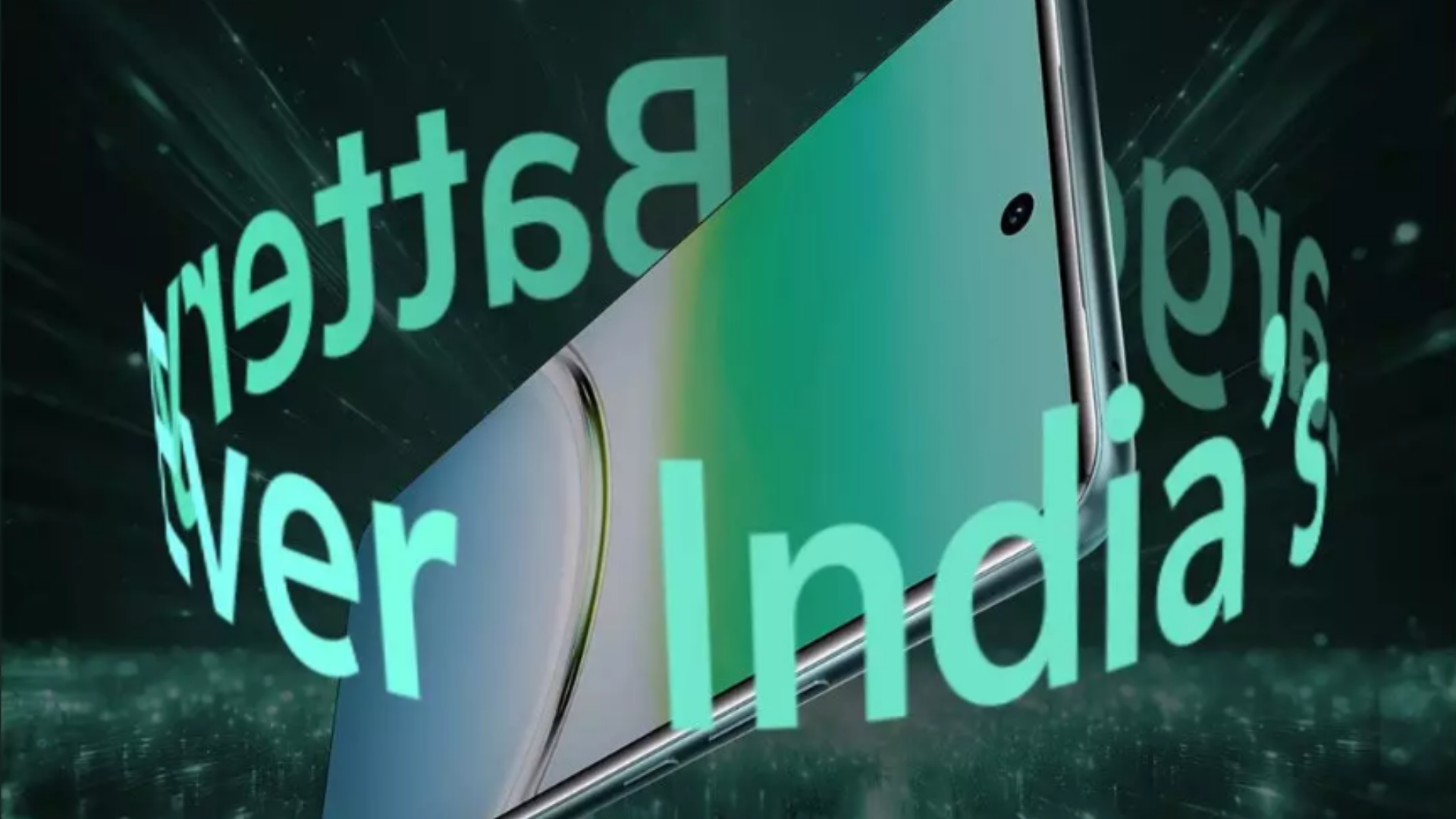Xiaomi released a lot of phones over the years, but the experimental phones of Xiaomi, are different. Xiaomi’s phones are all about the performance, the build quality, and the premium feel of the flagship phones. and the simplicity of its OEM Android skin, MIUI. Xiaomi does everything right.
But they have so many experimental phones that you don’t know that they existed! There are foldable phones, the first versions of the phones that are already released and used for extensive testing. Here are the experimental phones of Xiaomi.
The first Xiaomi phone with a bezel-less screen. Mi Mix.
The Mi Mix was the first-ever Xiaomi device to come with a bezel-less screen. Mi Mix was a fresh breath from Xiaomi that was released in November 2016. With its top-of-the-line specifications, a new design idea that Xiaomi will follow even to this day. Mi Mix was a great, even the best entry in 2016. Mastering what Sharp started with their first device. Aquos Crystal. Mi Mix was one of the best experimental phones of Xiaomi.
What does Mi Mix have inside?
Mi Mix had Qualcomm Snapdragon 821 Quad-core (2×2.35 GHz Kryo & 2×2.19 GHz Kryo) CPU with Adreno 530 as the GPU. 6.4″ 1080×2040 60Hz IPS LCD display. One 5MP, and one 16MP Main camera sensor. 6GB RAM with 128GB internal storage support. Mi Mix came with a 4400mAh Li-Ion battery + 18W fast charging support. Intended to come with Android 6.0-powered MIUI 7. You can check this device’s full specifications by clicking here.
The phone that was a true lab rat, The Xiaomi Davinci (Not The Mi 9T)
Before Mi 9T, the codename “davinci” existed, Xiaomi has used this device for big tests, the stabilization of every single Xiaomi device nowadays is great because Xiaomi Davinci was there. Rumors say that this device was POCO F2 at first, then it got converted to “vayu” which is POCO X3 Pro nowadays. This device was one of the true experimental phones of Xiaomi.
Does this device have any specifications?
Unfortunately, Not quite, but POCO F2, later converted to X3 Pro’s specifications are there, they are identical to the test variant. POCO F2 was supposed to have Qualcomm Snapdragon 855 inside. POCO X3 Pro came with Qualcomm Snapdragon 860 Octa-core (1×2.96 GHz Kryo 485 Gold & 3×2.42 GHz Kryo 485 Gold & 4×1.78 GHz Kryo 485 Silver) CPU with Adreno 640 as the GPU. 6.67″ 1080×2400 120Hz IPS LCD display. 6/8GB RAM with 128GB internal storage support. POCO X3 Pro came with a 5160mAh Li-Po battery + 33W fast charging support. Intended to come with Android 11-powered MIUI 12.5. You can check this device’s full specifications by clicking here.
The first experimental phones of Xiaomi that has pop-up front cameras, the Mi Mix 3 and Mi 9T
There was a trend of making full-screen devices with no camera notches in 2019, it still exists now, but in a different way, which we will see later with the China-only released Mi Mix 4. Mi Mix 3 and Mi 9T had external camera pop-ups. Mi 9T’s camera pop-up was automatic while Mi Mix 3’s popup was completely manual.
Mi Mix 3 was a great phone as the third entry in the premium-only Mi Mix series. The only downside was the pop-up camera being manually operated by the user by sliding up. The Mi 9T’s pop-up camera’s upside is being operated automatically when given the prompt. Those two devices were the great experimental phones of Xiaomi that have been released as retail devices right after a lot of testing.
What did Mi 9T and Mi Mix 3 have inside?
Mi Mix 3/5G had Qualcomm Snapdragon 845/855 Octa-core (4×2.8GHz Kryo 385 Gold & 4.1.7 GHz Kryo 385 Silver) / (1×2.84 GHz Kryo 485 & 3×2.42 GHz Kryo 485 & 4×1.8 GHz Kryo 485) CPU with Adreno 630/640 as the GPU. 6.39″ 1080×2340 60Hz Super AMOLED display. You can check these devices’ full specifications by clicking here. (Mix 3 4G), and here (Mix 3 5G).
Mi 9T had Qualcomm Snapdragon 730 Octa-core (2×2.2 GHz Kryo 470 Gold & 6×1.8 GHz Kryo 470 Silver) CPU with Adreno 618 as the GPU. 6.39″ 1080×2340 60Hz AMOLED display. 6GB RAM with 64/128GB internal storage support. Mi 9T came with a 4000mAh Li-Po battery + 18W fast charging support. Came with Android 11-powered MIUI 12. You can check this device’s full specifications by clicking here.
The first experimental phones Xiaomi that is foldable, are The Xiaomi U1
In the early days when there were no foldable phones, Xiaomi was trying to be the first to the development of foldable phones. Xiaomi U1 was the first glimpse of the world of foldable phones. The technology is unknown, the hardware inside is unknown, and literally, everything was unknown about this device. This device was one of the experimental phones of Xiaomi that haven’t seen the daylight.
The second interesting phone, The Xiaomi U2, is also known as Mi Mix Alpha.
Mi Mix Alpha was a weird but great release that is teased as the future of smartphones. It is not on sale and has been never shown to the public as a ready phone, It was only a concept and only Xiaomi has the device in hand. This device got canceled because of unknown reasons. Rumors say that it hasn’t passed the durability tests, which explains why it got canceled. This device is one of the true experimental phones of Xiaomi.
Mi Mix Alpha had Qualcomm Snapdragon 855+ Octa-core (1×2.96 GHz Kryo 485 & 3×2.42 GHz Kryo 485 & 4×1.8 GHz Kryo 485) CPU with Adreno 640 as the GPU. 7.92″ 2088×2250 60Hz Flexible SUPER AMOLED display. No front camera sensors, three 108MP Main, 12MP telephoto, and 20MP ultrawide rear camera sensors. 12GB RAM with 512GB internal storage support. Mi Mix Alpha was intended to come with a 4050mAh Li-Po battery + 40W fast charging support. Intended to come with Android 10-powered MIUI 11. To have an under-display fingerprint reader. You can check this canceled device’s full specifications by clicking here.
The premium true full-screen phone that hasn’t been made out of China is Xiaomi Mix 4.
The Xiaomi Mi Mix 4 was a great release. With the hidden camera inside the screen. Mi Mix 4 opens a new era of premium devices. that ZTE Axon 40 Ultra followed right after. you can check on ZTE Axon 40 Ultra’s specifications by clicking here. ZTE was the first one to make a hidden under-display front camera on a retail mobile device with ZTE Axon 20 5G. Xiaomi has liked this trend and followed with the all-premium Mi Mix 4 only released in china right after. As a first release, it makes sense that it’s being released in China. Xiaomi Mi Mix 4 is on a whole another level being one of the experimental phones of Xiaomi.
What does the Mix 4 have inside?
Mi Mix 4 came with Qualcomm SM8350 Snapdragon 888+ 5G Octa-core (1×2.99 GHz Kryo 680 & 3×2.42 GHz Kryo 680 & 4×1.80 GHz Kryo 680) CPU with Adreno 660 as the GPU. 6.67″ 1080×2400 120Hz AMOLED display. 8GB RAM with 128/256GB internal storage, You can check more into this device’s full specifications by clicking here.
Conclusion.
Xiaomi had many, many experimental phones over the past few years, they are still testing dozens of new phones every single day to make a final stable release. The new upcoming Redmi Note 11T Pro series and the Q4 2021-released Xiaomi 12 series had great levels of testing phases, experiments, and everything else to stabilize the phones up to down. Experimental phones of Xiaomi sure are weird and great-looking, Xiaomi will make and test devices like this in the ongoing years.
Thanks to our Xiaomiui Prototypes Telegram page for being our source, you can follow our channel by clicking here.














